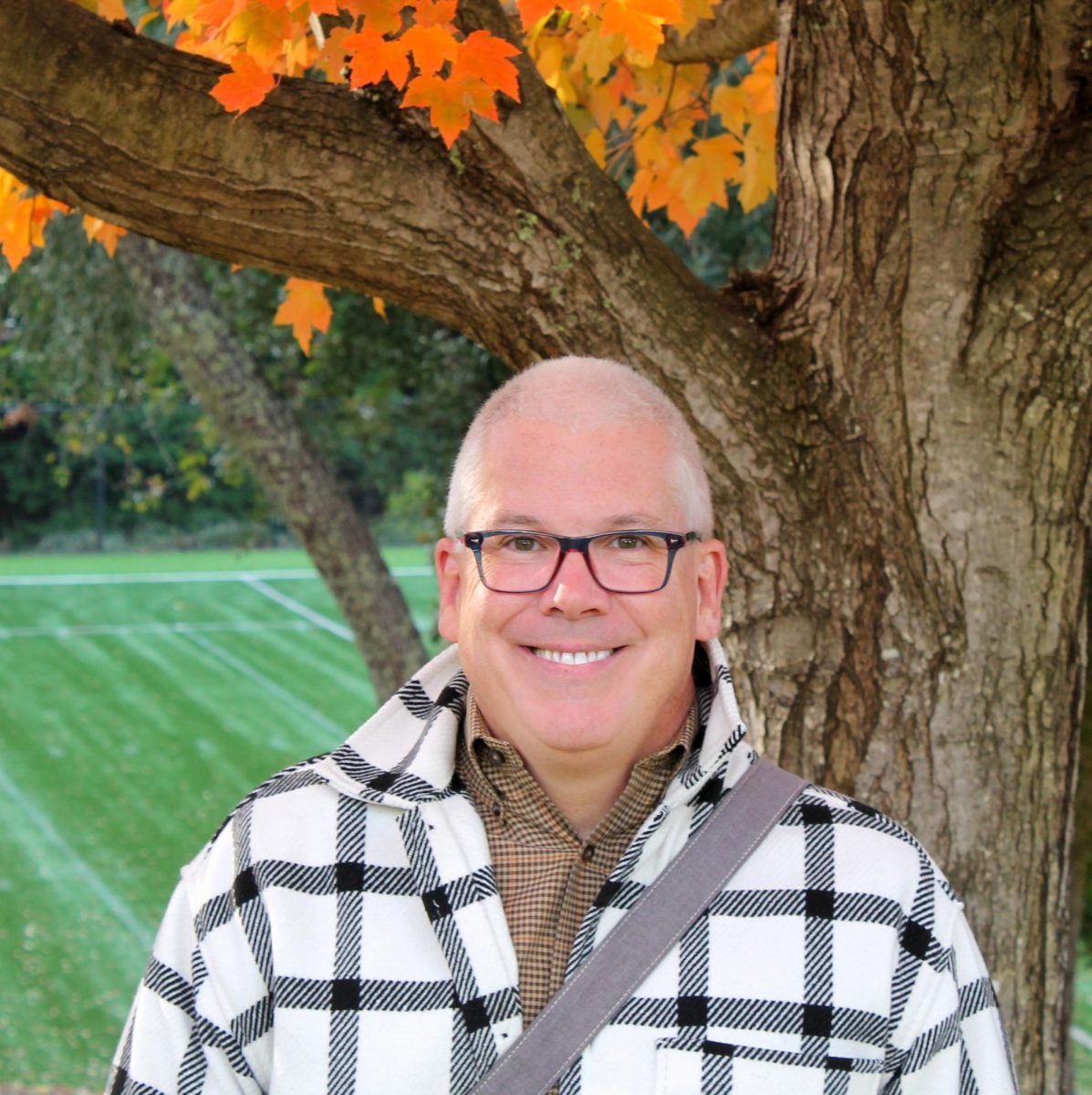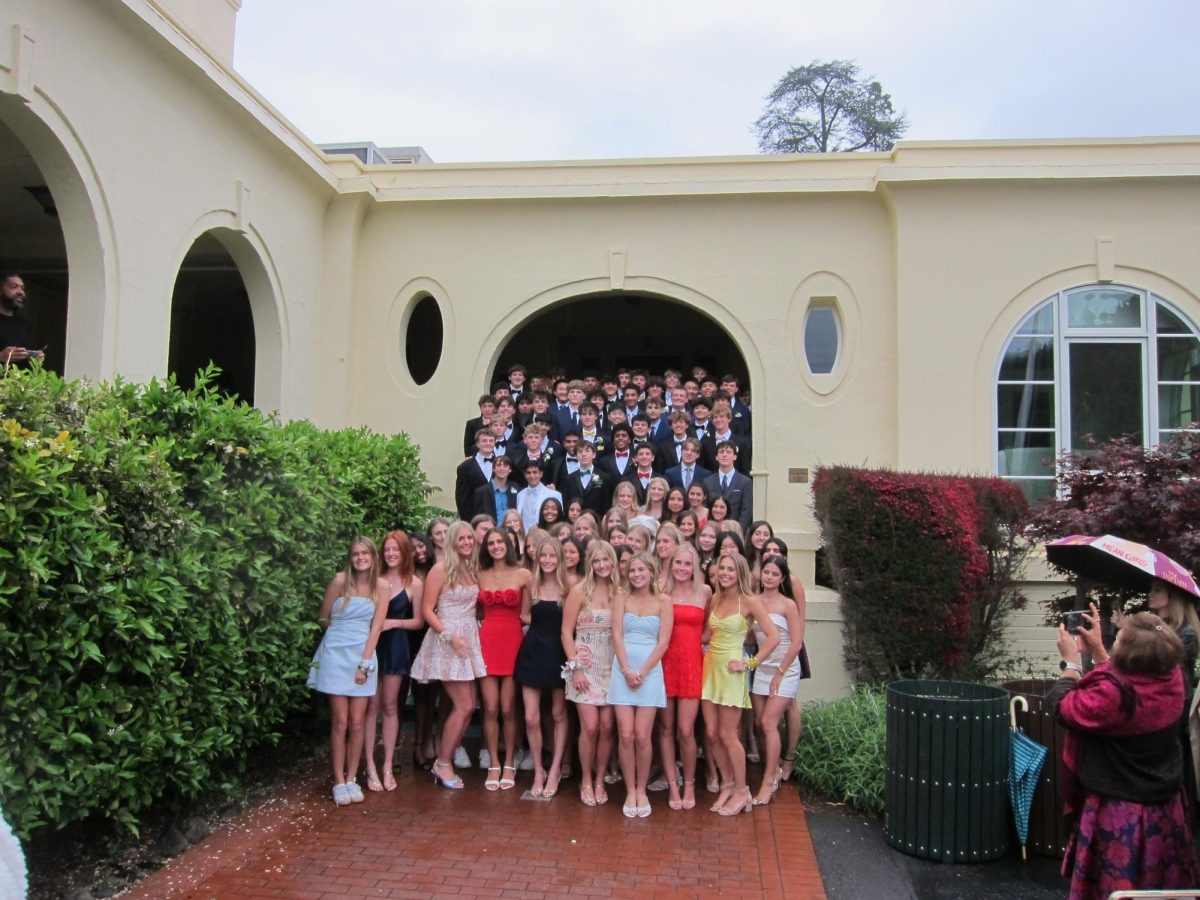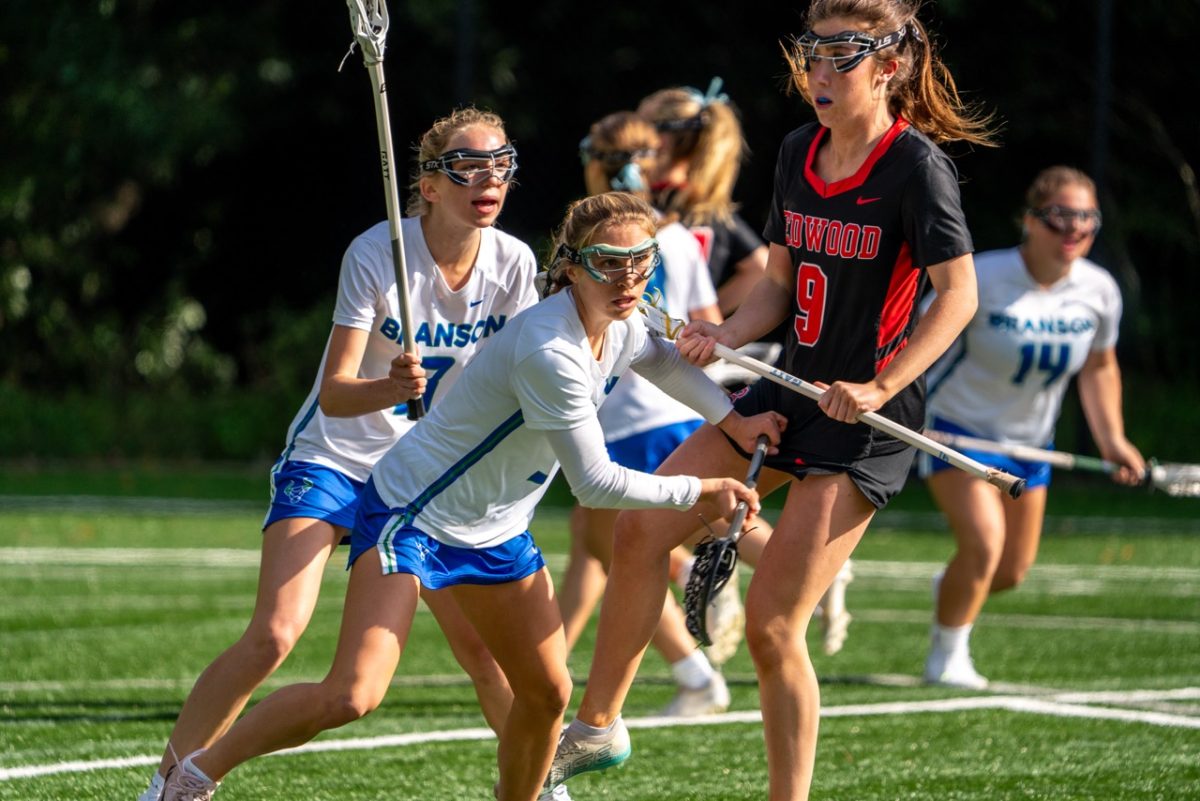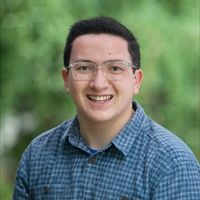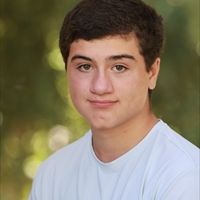As Branson continues to expand with the addition of a hundred new students, administrators turn to architects, donors, faculty, parents and students as they consider the school’s strategic vision for the future.
Branson’s Chief Financial and Operating Officer, David Hanson, sat down with Kasra Panahi and Ryder Lariviere, editors at The Blazer, to give a behind-the-scenes look at Branson’s master planning and discuss its early stages. Here is an abbreviated transcript of the interview, lightly edited for clarity and length.
The Blazer: For those hearing the term for the first time, what does Branson’s master planning entail?
David Hanson: Master planning is a process that involves as many community stakeholder groups as possible. So, faculty, employees, students, parents, alums, donors, the city, the county, to get a plan on what Branson should look like, over the next 20 years. And not just physical buildings, but what should the landscaping look like? What should the lighting look like? How about the signage? Does it make sense for us to park people in the middle of the campus? Does it make sense to have tennis courts? So, really, what does the school of the future look like. We want input from all the stakeholders so we can put a plan together, and then start fundraising to make that a reality.
The Blazer: Who are the key decision-makers and leaders of this process?
David Hanson: We have a Master Plan Steering Committee, and on that is Connie Treadwell [‘79]. She’s a board member and chair of our Buildings and Grounds Committee. She’s also an architect. And then we have Chris Mazzola, me and Sarah Brewster. And then Mark Cavagnero Architects.
We’re not in charge of the content, but we’re the steering committee that’s making sure the process gets done right so that all the stakeholder groups have a voice in the process. We keep the plan realistic and the board will determine what they like and don’t like about people’s ideas. We’re not going to have a nine-hole golf course on campus, we’re probably not going to have a baseball field, right? There are some things we have to say, okay, like, great idea, we’re not going to be able to do that. Our job is to bring a level of process and pragmatism to the whole timeline.
The Blazer: What inspired this architectural planning?
David Hanson: Oftentimes, you will see a master plan go hand-in-hand with the fundraising, and we have just kicked off a fundraising campaign. We’re in what’s called the pilot phase right now, where we’re just planning and we’re talking to people about what they would like to donate money for. That quiet phase can take up to two years, so if the master plan says, you know what, we need a new theater that has to seat 700 people, our fundraisers can start talking to donors very quietly behind the scenes, not really loud in public, and say, hey, I know the theater is something you’d like to donate to. Over the course of the master plan and the quiet business campaign, we can come up with some really concrete plans for the facilities on campus.
The Blazer: Regarding Branson’s long-term vision, are there any changes to campus that you’re already considering?
David Hanson: We’re really still in the planning phase. What has emerged, though, from the first set of stakeholder groups, which included surveys by employees, by students, with board members and now parents, is maintaining the level of outside access for everyone on campus and maintaining this very open and beautiful campus with a lot of trees and a lot of grass and nice plantings. That has come across very loudly, that we’re not going to build huge buildings on all of our open land. Other than that, there are a lot of ideas still being generated.
The Blazer: How has sustainability factored into this process?
David Hanson: We have a set of guiding principles for the planet itself, but sustainability is a huge part of those guiding principles. We want to create a plan that will have eco-friendly and sustainability components, and, really, become the roadmap for the next 20 years for the campus.
The Blazer: Could you shed some light on what it’s been like working with the architects?
David Hanson: It’s been great. I mean, Mark Cavagnero is one of the premier architects in the Bay Area. He does projects all over the world, but he has a soft spot for Branson. He was part of the architect team that helped us when we were going to move the campus several years ago to Strawberry. He was the architect who helped present to the board and think through if that could work.
He has assigned two of his top architects to work with us. So, we spend a lot of our time with John and Christopher, the two main architects, but everything that they’re doing is run by Mark and his input. And it’s been great. They’re very creative thinkers. They’re also very pragmatic. They know that we’re not going to build a 20-story condo complex, and they’re very pragmatic about where we’re situated. The town, county, and state we’re in, and they want to take all that into consideration.
The Blazer: Going forward, what does the master planning timeline look like?
David Hanson: I think a lot of it depends on donor interests. There are certain things we know we need to do. Our buildings need to be more accessible to those with disabilities. So those are the kinds of things that we will build into the operating budget and we’ll take care of. But then the theater is a good example of that. We want to build the theater on campus. Do we have a set of donors who will be very interested in that? And if so, where would we put it? Could we just rebuild what we have now? Or do we want to put it somewhere else entirely? I would say by 2025 we’re going to have a pretty good idea of what we need to add to campus, what we need to take away, and which donors are interested in funding projects.
The Blazer: How do you see these plans affecting the student and faculty body?
David Hanson: There’s this whole domino effect, right? If we have to shut down the theater for a year to rebuild, then we have to find another place for students to perform. We may reach out to various local entities, towns, and other theaters we could use. If we renovate classrooms, we will most likely do that in the summer so it doesn’t impact students. If we add on to the gym, we’ll probably do that in the summer as well. Other things are like, what do we do with Prize Day Field, if anything. So, those kinds of decisions are all ruminating.
The Blazer: Are there any final thoughts you’d like to add?
David Hanson: I think this is a good process. I think the school of the future is going to look very different than the Branson of today, just in terms of technology in the classroom, the buildings, and what happens inside and outside classes. What should a classroom in five years look like? That’s where I don’t have a lot of ideas because I’m not a full-time teacher. That’s why their input is so important.

